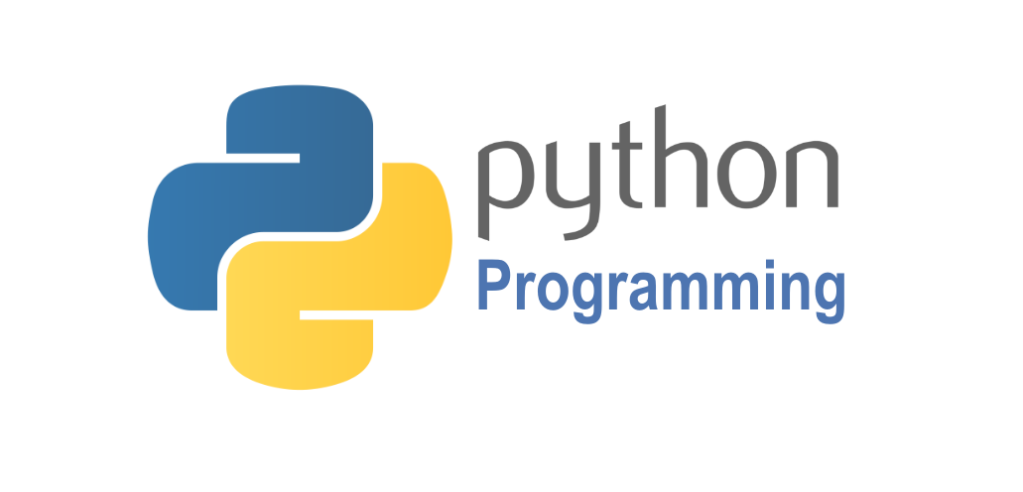
A module in Python is a Python source file that contains definitions and use them in a script or in an interactive instance of the interpreter.
We use modules to divide a piece of software into separate but cooperating parts.
Continue reading “Python Basics: Module & Namespace”